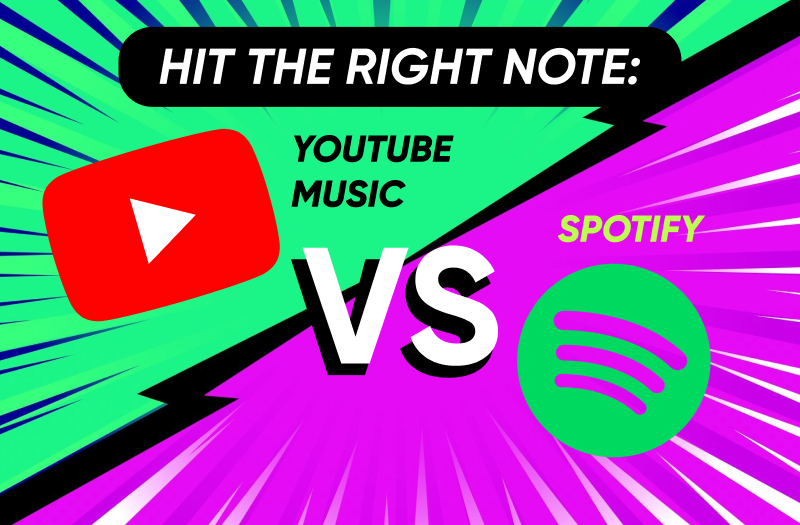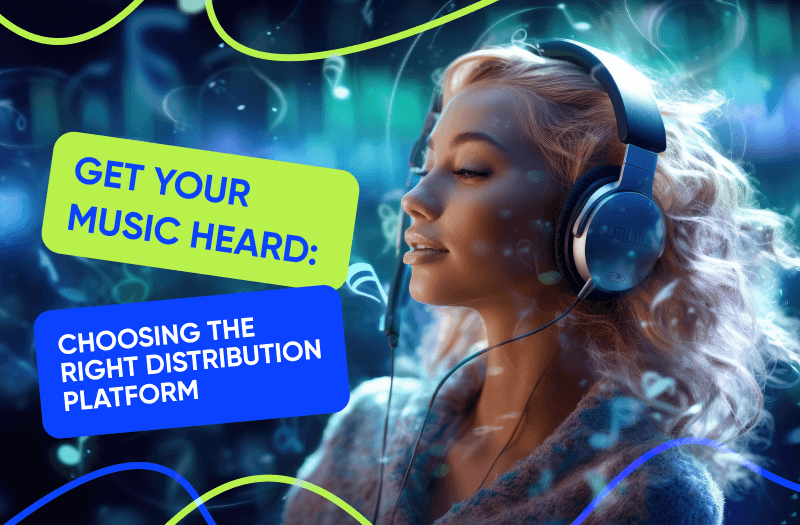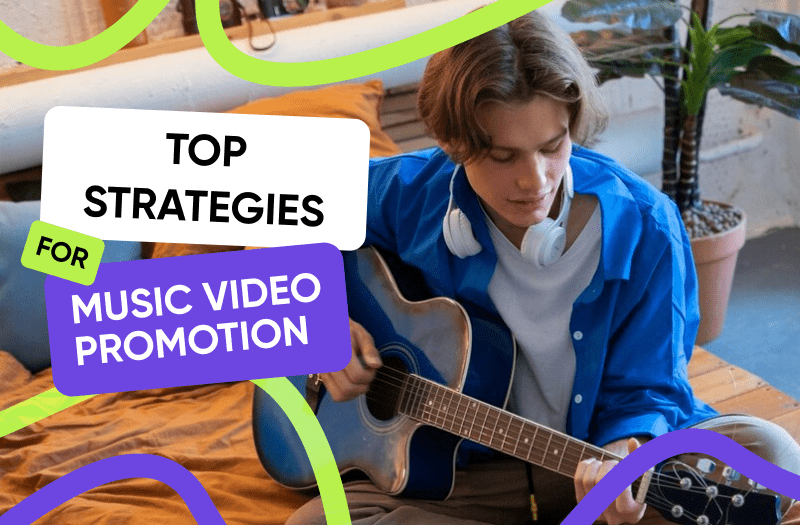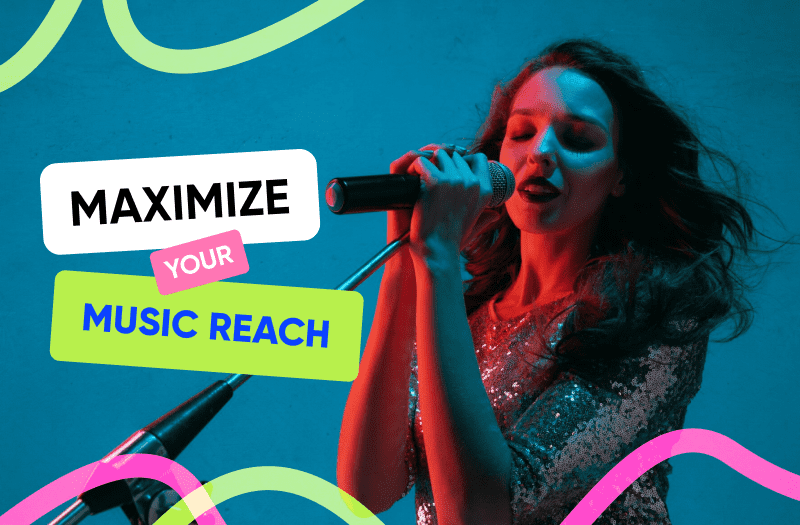Trying to figure out where to distribute your music? Should you lean toward Spotify massive audience, or does YouTube Music connection to the biggest video platform give you the edge you need?
Choosing the right platform for music distribution is a big deal if you want to reach more fans, make more profit, and really engage your audience. In digital music, YouTube Music and Spotify are the top dogs. Each has its own pros and cons, so it’s important to figure out which one best matches your goals.
Let’s break it down, comparing YouTube Music and Spotify in key areas, so you can decide which is the better fit for your music.
What is the Best Music Distribution Platform: YouTube Music vs Spotify
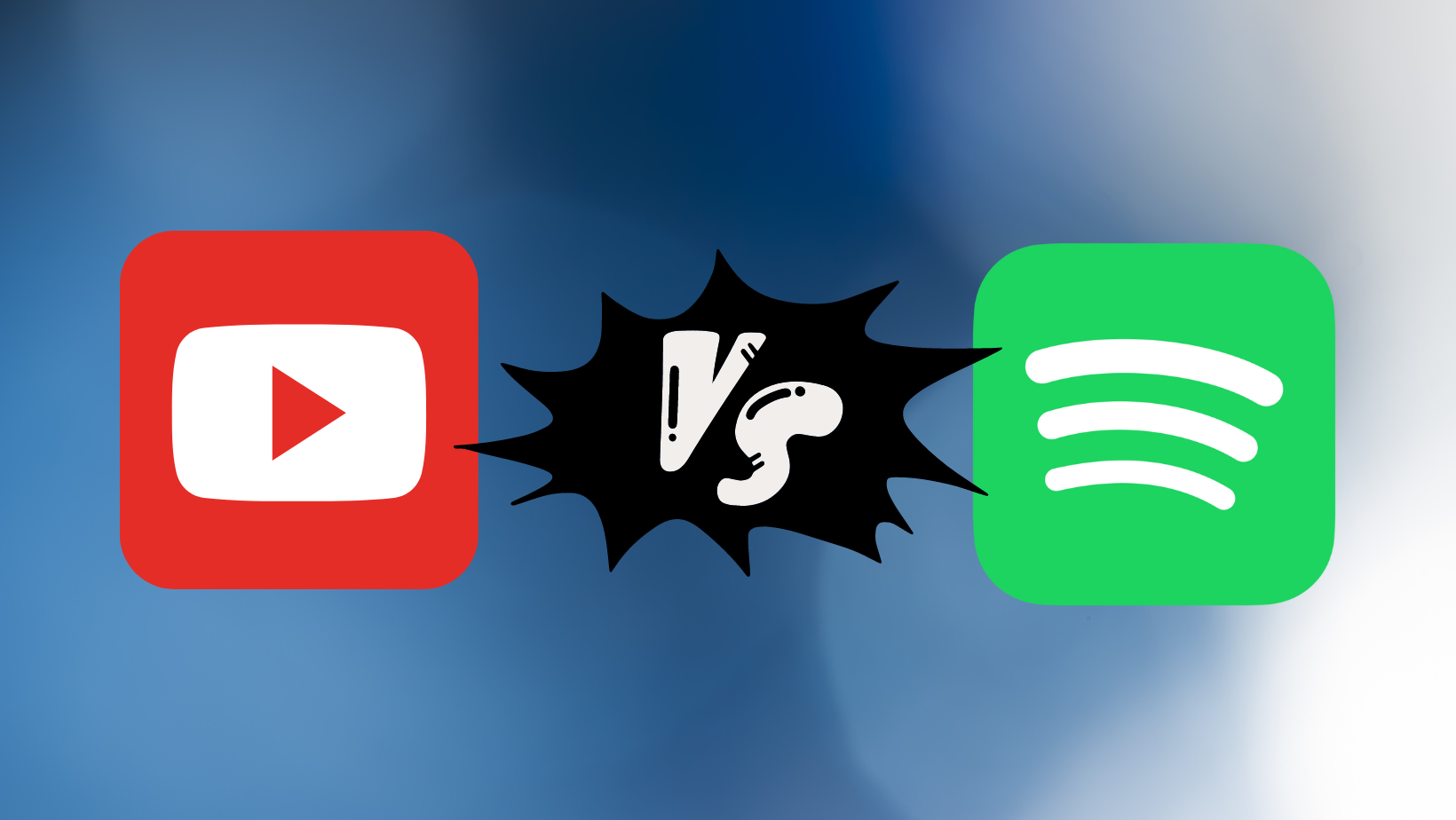
1. Audience Reach and Engagement
Spotify Global Reach
Spotify has been around since 2008 and is one of the most popular music streaming services worldwide. With over 500 million users in 180 countries, it's a great platform to reach music lovers. Spotify’s Discover Weekly and Release Radar playlists are fantastic tools for getting your music in front of new fans, thanks to their personalized recommendations. Plus, Spotify’s podcast and audiobook features help you tap into a broader audience.
YouTube Music Diverse Audience
YouTube Music is newer but benefits from YouTube’s massive user base of over 2 billion monthly users. This makes it a great option if you want to reach a diverse audience, including people who might not use streaming services but still consume music through videos. Since YouTube Music is connected to the larger YouTube platform, your music videos, live performances, and other content are more likely to be discovered by a wider audience.
Winner: YouTube Music, for its massive and varied audience.
2. Monetization Opportunities
Spotify Revenue Streams
Spotify offers several ways to make money, including royalties from streams, selling merch via Shopify, and ticket sales through partnerships like Ticketmaster. However, the payout per stream on Spotify is often criticized for being low, ranging between $0.003 and $0.005 per stream. Artists can also use Spotify’s paid advertising tools to target specific audiences, which could boost your earnings.
YouTube Music Ad Revenue and More
YouTube Music primarily monetizes through ad revenue on your videos, with viral content leading to significant earnings. Beyond ads, the platform offers various income streams, including Super Chats during live streams, channel memberships, and direct merch sales in video descriptions. Musicians can also earn royalties at a rate of about $0.008 per stream and monetize their music through YouTube’s Content ID system, which tracks usage and generates revenue from ads placed on videos using their music. The YouTube Partner Program also boosts your earning potential, though you’ll need at least 1,000 subscribers and 4,000 watch hours to qualify.
Winner: YouTube Music, for offering more diverse ways to make money, especially with video content.
3. Discovery and Playlists
Spotify Curation Power
Spotify is known for its music discovery features. Playlists like Discover Weekly and Release Radar help your music reach listeners who align with your style. Getting featured on one of Spotify’s editorial playlists, like RapCaviar, can be a game-changer for visibility and streams.
YouTube Music Algorithm and Playlists
YouTube Music also excels in music discovery, using both algorithms and editorial playlists. Their Discover Mix and New Release Mix are tailored to user preferences, just like Spotify. However, YouTube Music editorial playlists are less extensive than Spotify’s, which might limit your organic reach.
Winner: Spotify, for its superior playlist curation and discovery features.

You don't always have to choose between these two platforms, because you can place your tracks on both, and on 100+ other platforms without investing any effort at all, because AIR Music is there for that!
AIR Music advantages:
- Digital Music Distribution: Get your music on 100+ platforms
- Official Playlist Pitching: Boost your tracks on popular playlists
- Spotify Playlist Promotion: Maximize your Spotify presence
- Music Release Promotion: Make your new releases reach your target audience
- UGC Monetization: Maximize your earnings by claiming user-generated content
- TikTok Boost: Enhance your TikTok account to expand your influence
Join AIR Media-Tech for an effective distribution strategy for your music, we are here to help you!
4. User Experience and Interface
Spotify Polished Interface
Spotify interface is sleek and user-friendly, available on nearly any device you can think of. Navigation is smooth, making switching between playlists, albums, and podcasts easy. The recent addition of an AI-powered DJ feature adds a personalized touch to the experience.
YouTube Music Seamless Google Integration
YouTube Music interface is also user-friendly and benefits from its integration with Google services. You can easily switch between audio and video content, making it perfect for those who enjoy both. The platform’s connection with Google Assistant and other services adds to the overall experience.
Winner: Tie – both platforms offer strong, user-friendly interfaces.
5. Sound Quality
Spotify High-Quality Audio
Spotify offers streaming quality up to 320 kbps for premium users, which is pretty solid. While there’s talk of a HiFi tier with lossless audio, it’s not available yet.
YouTube Music Streaming Quality
YouTube Music offers streaming up to 256 kbps for premium users. While it’s slightly lower than Spotify’s, most users won’t notice much difference, especially on mobile devices.
Winner: Spotify, for its slightly higher streaming quality.

6. Cost and Subscription Plans
Spotify Subscription Options
Spotify has a variety of subscription plans to suit different needs: Individual for $10/month, Duo for $13/month, Family for $16/month, and Student for $5/month. There’s also a free tier with ads and limited functionality.
YouTube Music Competitive Pricing
YouTube Music pricing is similar to Spotify, with an Individual plan at $10/month, Family at $15/month, and Student at $5/month. They also offer a free tier with ads, though the ads can be a bit more intrusive.
Winner: Tie – both platforms offer similar pricing.
7. Music Video Integration
YouTube Music Video Strength
YouTube Music shines when it comes to integrating music videos. Artists can use this feature to give fans a more immersive experience by combining audio with visual content. YouTube Music video distribution is also a great platform for promoting live performances and behind-the-scenes videos.
Spotify Limited Video Content
While Spotify has started to incorporate some video content, it’s not as extensive as what YouTube Music offers. If video content is important to you, YouTube Music is the better choice.
Winner: YouTube Music, for its superior video integration.
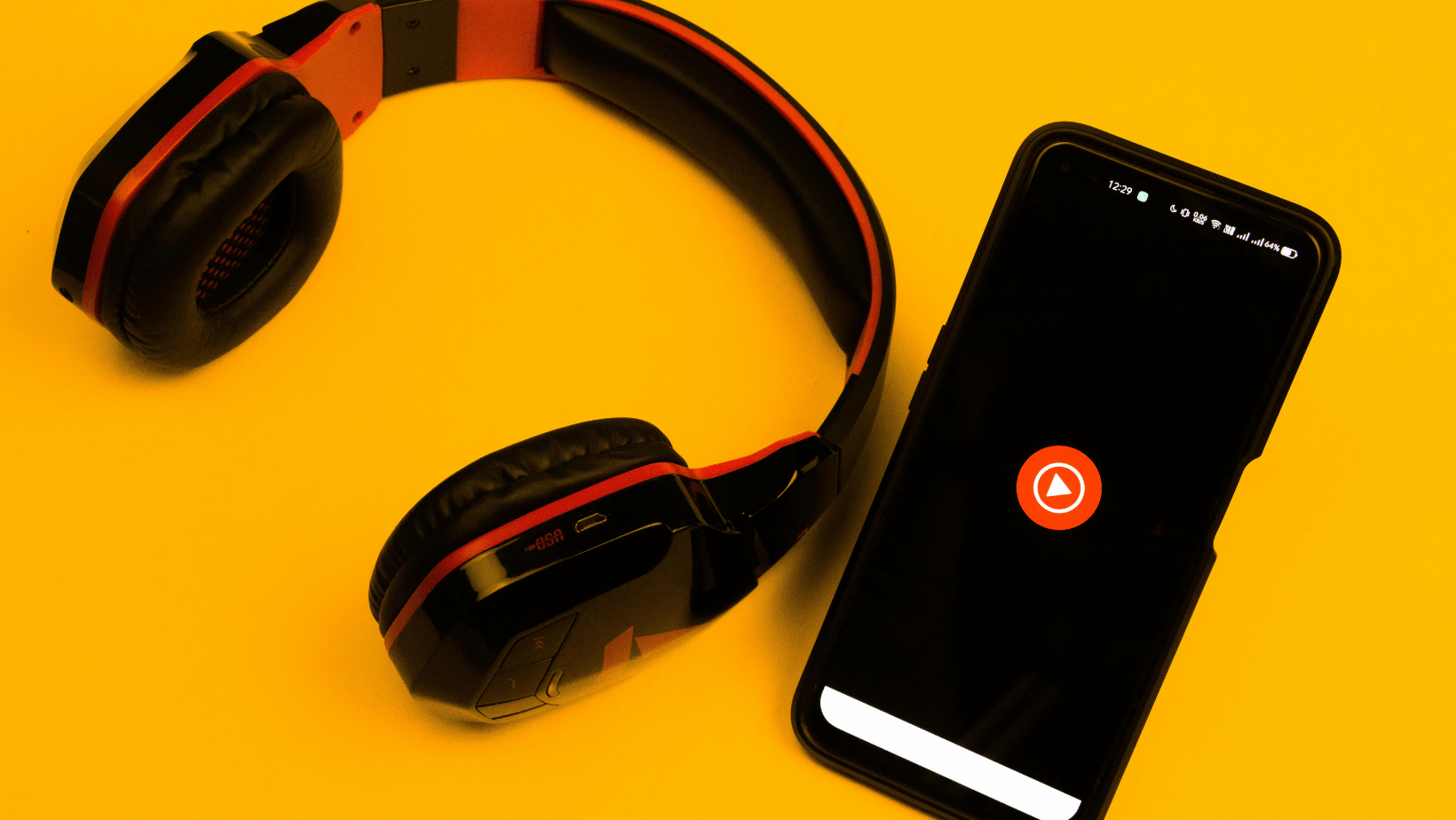
AIR Media-Tech can help you increase the audience for your content. Our partners recently reached 125 billion YouTube views, achieving milestones of 100K, 1M, 10M, and 100M subscribers. AIR Media-Tech is the ultimate space for content creators, offering tools and solutions for every challenge you might face. Join AIR Media-Tech and grow faster with us!
8. Analytics and Insights
Spotify for Artists
Spotify offers detailed analytics through its Spotify for Artists dashboard, which provides insights on streams, listener demographics, and more. It’s a great tool for tracking your music’s performance and planning promotional strategies.
YouTube Music Artist Insights
YouTube Music provides analytics through YouTube Studio, offering a comprehensive view of video views, watch time, and audience demographics. This gives you a broader perspective on how your music and videos are performing.
Winner: Tie – both platforms offer robust analytics tools.
9. Community and Social Features
Spotify Social Sharing
Spotify excels at community engagement with features like collaborative playlists and social sharing. Integration with social media platforms makes it easy to share your music and connect with fans.
YouTube Music Community Features
YouTube Music benefits from YouTube community tools, like comments, live chats, and the Community tab. These features allow for direct interaction with your audience, building a stronger connection.
Winner: YouTube Music, for its direct engagement features.
So, Which Platform is Best for Music Distribution?

Choosing between YouTube Music and Spotify depends on what you’re looking for as an artist. If you want to reach a wide audience, make the most of video content, and explore diverse monetization options, YouTube Music platform might be your best bet. But if you’re after top-notch playlist curation, high-quality audio, and solid community features, Spotify music distribution could be the way to go.
If you really want to maximize your exposure and earnings, why not distribute your music on both platforms? That way, you can take advantage of each one’s strengths.
And remember, AIR Media-Tech is here to help you with everything from choosing relevant platforms to distributing your music, optimizing, networking, and maximizing profits. Let’s get your music out there!

